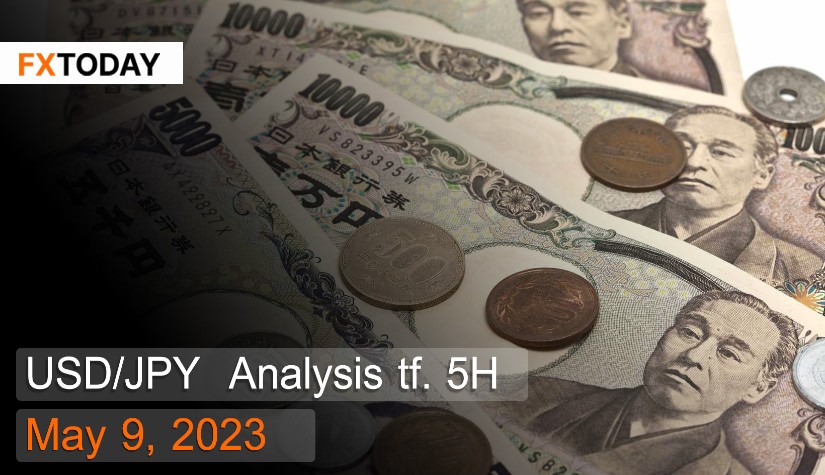Investors constantly aim to adopt a trading approach that aligns with their financial objectives. In the Forex market, every profitable trading method signifies an individual strategy. Traders must stay informed about market fluctuations and consistently develop their investment capabilities. This article will explain the distinction between short-term and long-term trading and the advantages and disadvantages. It guides you in choosing the most suitable technique based on personal trading objectives.
Grasping Profitable Short-Term and Long-Term Trading Tactics
Short-Term Trading
Also known as day trading, short-term trading pertains to holding an order in a currency pair for a brief span, typically oscillating between 100 to 500 pips. However, some traders might maintain for around 1,000 pips. The timeframe for short-term trading generally spans from 5 to 30 minutes or even up to a full day, subject to individual preferences and expertise.
Example: A Short-Term Trade with the XAU/USD Currency Pair
Consider a trader with a Buy Order in the XAU/USD pair at The Ask rate of 1833.05 within a 5-minute timeframe. This trader maintains this order for an hour and closes it at the bid rate 1837.75. This buying order results in a profit of 470 pips from this short-term trade.
Long-Term Trading
Long-term trading involves holding orders in a currency pair for roughly 3,000-5,000 pips, or in some cases, traders might maintain order for a length of 10,000 pips. Sustaining such orders necessitates a longer duration, anywhere from 2-3 days to a few months. This type of trading occurs on larger timeframes, like daily or weekly charts, where the trader holds the order for at least a day. The most reasonable timeframe for long-term trading hinges on an individual trader's inclinations and proficiency.
Example: A Long-Term Trade in the XAU/USD Currency Pair
Suppose a trader is holding a sell order in the XAU/USD pair at the bid rate of 1833.05 within a 1D timeframe. The trader sustains the order for up to 7 days and concludes the order at a bid rate of 1760.05. This selling order results in a profit of 7,300 pips via a long-term trading tactic.
Short-Term vs. Long-Term Trading: Which Offers the Best Results?
Traders typically possess a preference for either short-term or long-term trading. For novice traders unsure about their ideal trading style, the following self-evaluation techniques can prove beneficial:
Do you lean towards short-term trading? If yes, check if these traits align with you:
1. You favor regularly examining charts.
2. You possess time for trading throughout the day.
3. You aim to generate quick profits within limited timeframes.
4. You are risk-friendly and can withstand market fluctuations.
Do you lean towards long-term trading? If yes, verify if these traits align with you:
1. You favor occasional chart checking.
2. You only have a little time for daily trading.
3. You aim for a gradual approach to profit accumulation over a long period.
4. You are low-risk-oriented and do not prefer market volatility.
Conclusion
In summary, trading styles depend on individual preferences. If you are fond of not holding overnight orders and utilizing a timeframe of 5-30 minutes, short-term trading could be an ideal fit, as it generally necessitates larger lot sizes for profitability. Conversely, you prefer maintaining overnight orders and focusing on steady growth without haste. Long-term trading is more fitting in that case as it doesn't demand large lot sizes to offset price variations within larger timeframes.
However, kick-starting with long-term trading can benefit beginner traders by offering an overview of market tendencies, encouraging more efficient strategizing.
______________________________
Maximize your knowledge: Blog
Keep up to date on global events: News
Updated
11 months ago
(May 30, 2023 10:29)
















